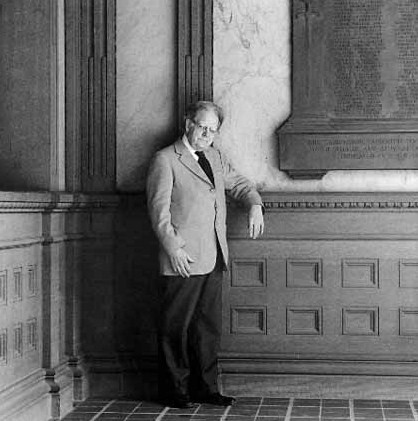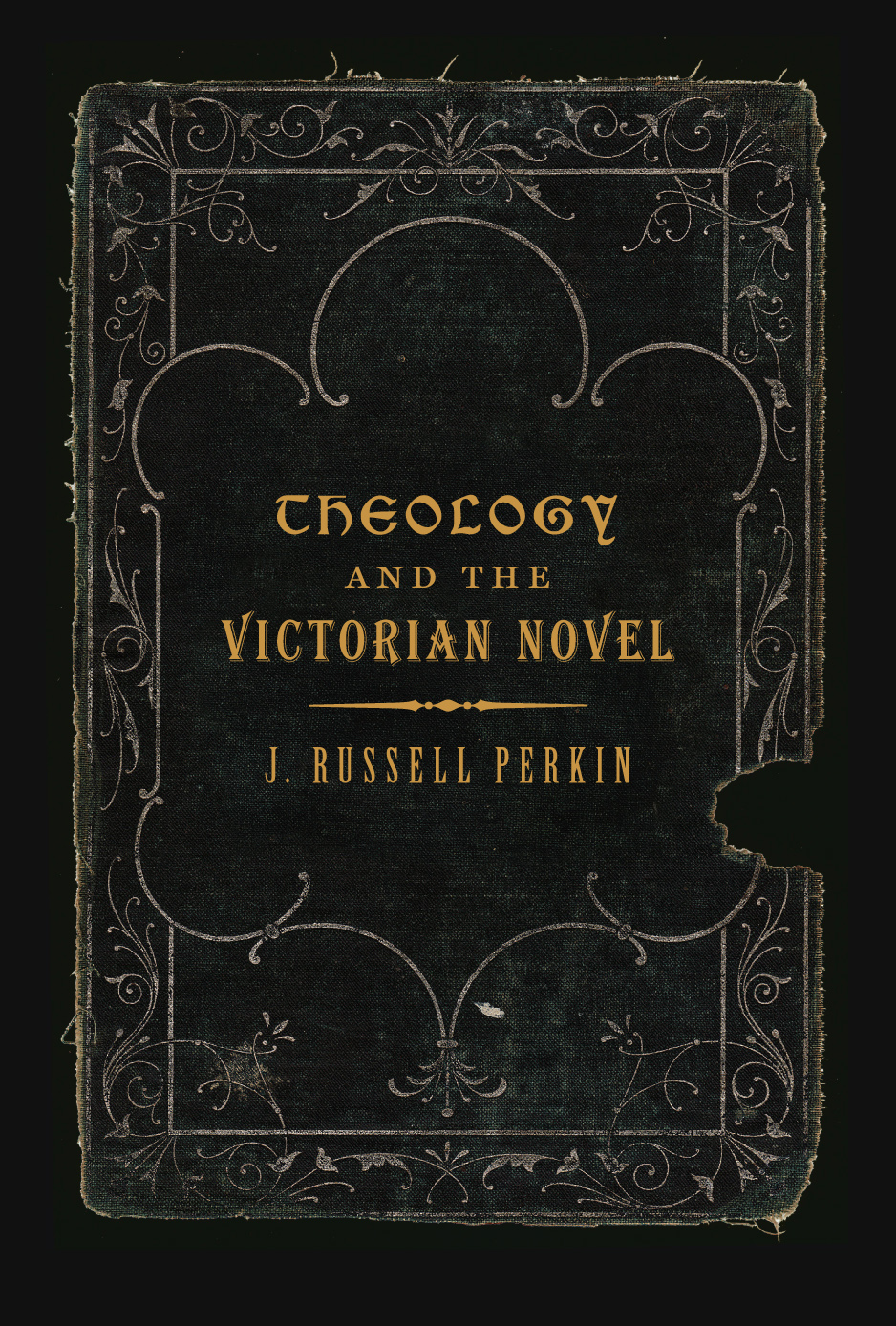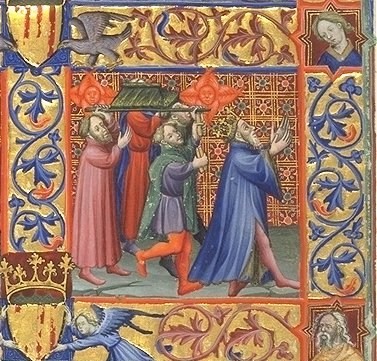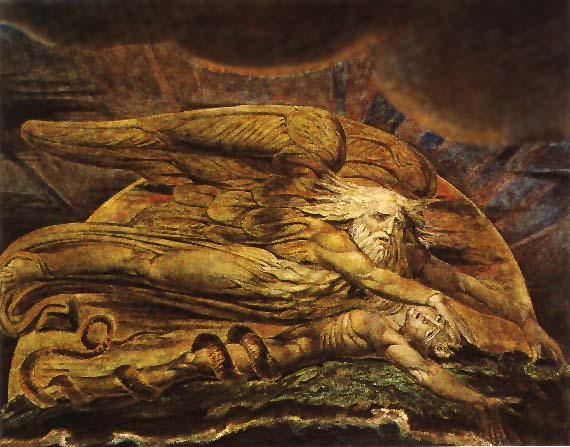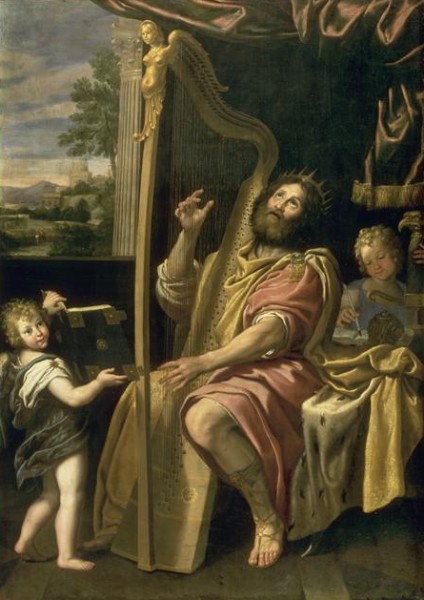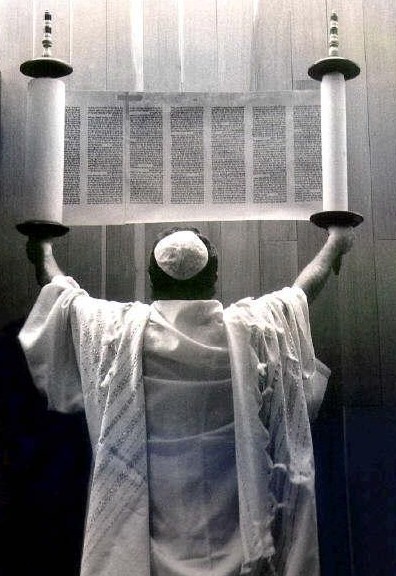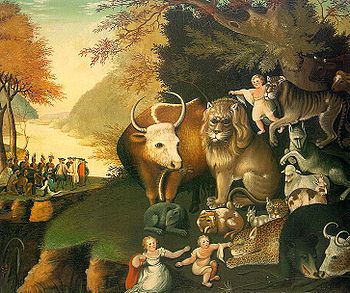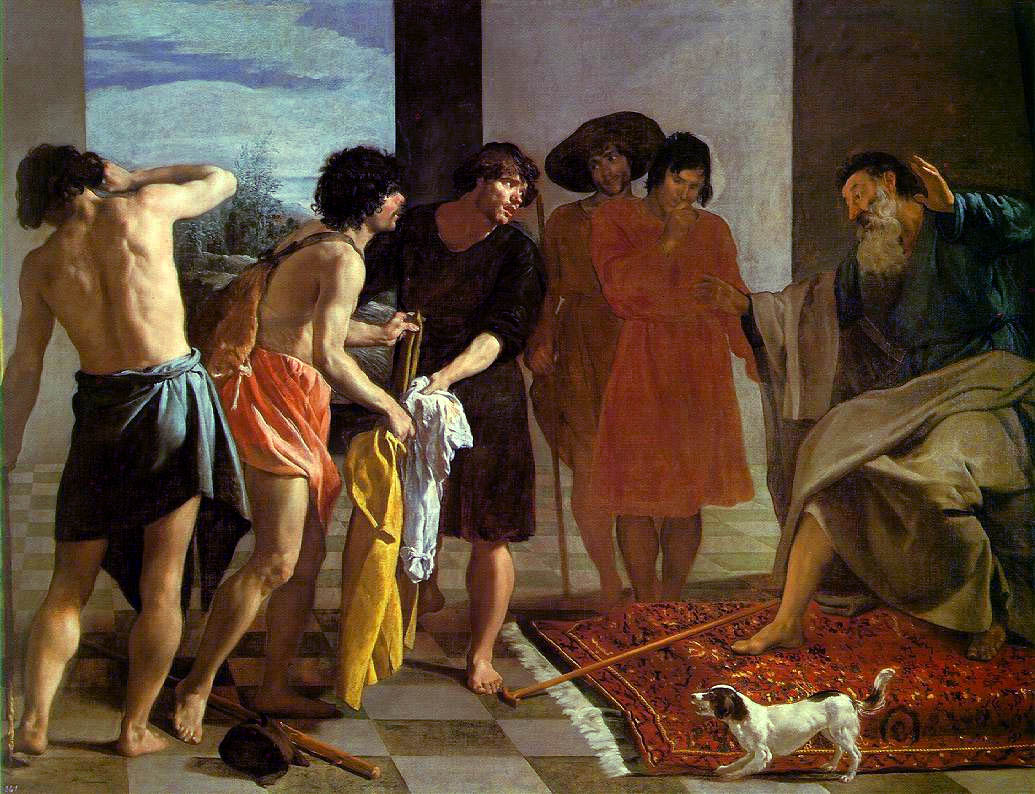
Velazquez, Joseph's Coat
One of the fundamental differences between Frye and Alter is that they have such different views of metaphor. For Alter, metaphor is an ornamental frill. He calls it a “rhetorical embellishment” and an “elaboration,” somewhat like an embroidery stitched onto the surface of the literal text. Anything that is not attentive to “the factual report of historical events” becomes, for Alter, “a linguistic gesture.” Similarly, for Alter, typology produces only “lovely designs,” which are not text based “but artefacts of interpretation.”
Frye’s view of metaphor is completely different. Among the numerous theories of this trope––from Aristotle’s transference view through the theories about metaphor as substitution, comparison, transaction (I.A. Richards), and interaction (Max Black)––Frye’s theory seems to me to be unique, based as it is on the principle of identity. His views on metaphor form a part of his expansive theory of language, where identity is both a grammatical and a religious principle, as well as a principle for defining the sense of self (personal identity). Metaphor tells us, as Frye never tires of repeating, that X is Y. Alter, who, as Russell points out, is interested in difference rather than identity, says that “there is no such thing as a truly synonymous narrative event of literary articulation.” This completely rules out Frye, for whom myths and metaphors are synonymous. The principle of identity entails the extraordinarily radical position that X is literally Y. Such different assumptions about how poetic language works means that there is very little common ground on which Alter and Frye can stand. Similarly, if your Bible is the Hebrew Bible, then the question of typology doesn’t even arise.
Alter does grant the obvious, that in the poetic forms in the Bible, one often encounters figurative language, but, he argues, “In the predominant prose narratives of the Hebrew Bible, only the most sparing use is made of either metaphor or simile.” He then illustrates the point by citing a verse from Genesis about Esau’s selling his birthright and one from 2 Samuel about David’s encounter with Bathsheba. What Alter means by “sparing use” is uncertain. Outside of the poems in chapters 1 and 22-23, which contain more than forty metaphors and similes, the rest of 2 Samuel is not without a fairly generous supply of figures: there are more than fifty. While the author of 2 Samuel focuses on the more or less literal account of David’s rise to power and his wayward ways, the author can hardly be said to have been sparing in his use of various tropes. As for Genesis 25, half of which is given over to genealogy, the author’s account of Jacob and Esau is not without a generous measure of linguistic play: “red” (’adom)—Edom; “hairy” (se`ar)—Seir, land of the Edomites; “Jacob” (`aqeb)—heel. Even the Lord, who speaks to Rebekah in quatrains, is given to troping: “Two nations are in your womb.” The tension between Esau the hunter and Jacob the shepherd point backward to the Cain and Abel story. This is not necessarily metaphorical, but it is an archetypal example of the story of the two brothers, one good and one bad, that we encounter everywhere in our stories.
As for Frye’s identifying Joseph’s coat of many colors with fertility, which Alter says is “altogether arbitrary,” this goes back a long way. In an Emmanuel College paper he wrote on “St. Paul and Orphism” (he was 22 at the time), Frye says in a discussion of fertility rites that “Joseph’s coat of many colours is an evident vegetation symbol.” That’s because he read somewhere, as he says later in the paper, that “Dionysos, the fertility god, wears a coat of many colours.” I don’t know Frye’s source here (perhaps Sir James Frazer, Jane Ellen Harrison, Gilbert Murray, or W.K.C. Guthrie, one of Frye’s principal sources for his paper—he lists twenty-four books), but I doubt that he made it up.
